The primary colours for paint are yellow, red and blue. When you are working with things that create light, such as torches, the three primary colours are red, green and blue. Yellow is not a primary colour of light.
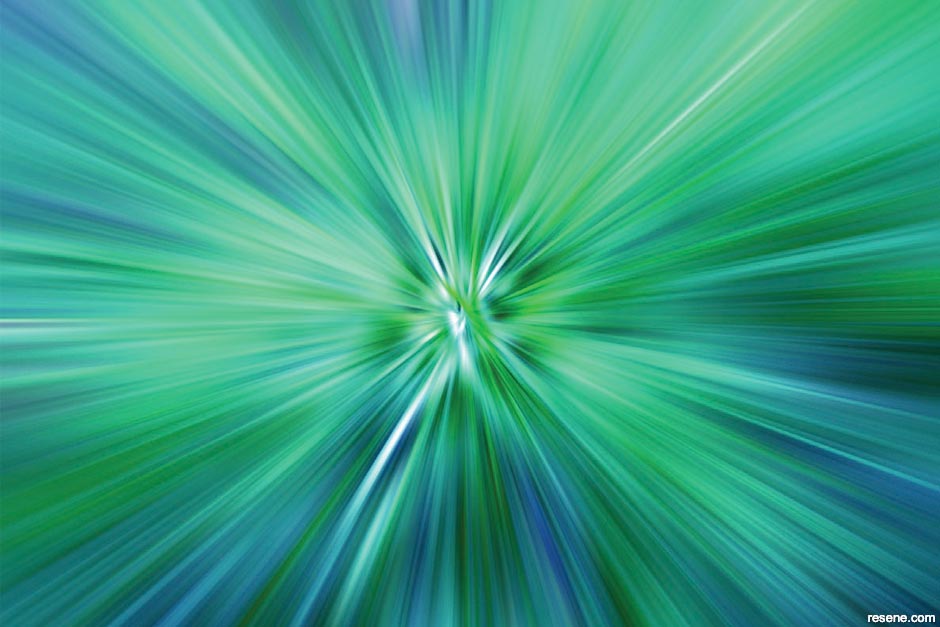
Mixing paint colours is called subtractive colour.
This means that the colour you see is the colour that the paint does not absorb.
For example yellow paint appears yellow because it absorbs all colours except yellow.
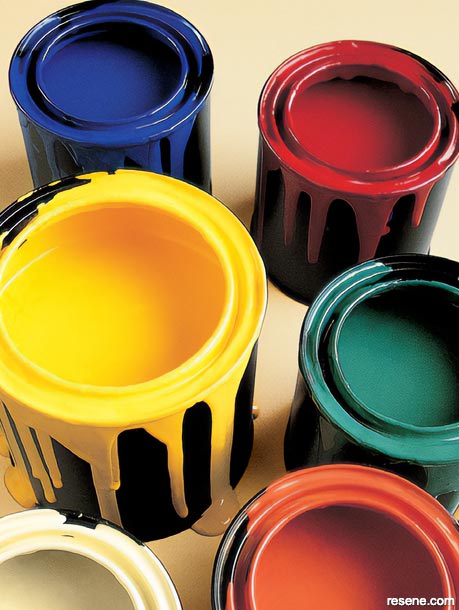
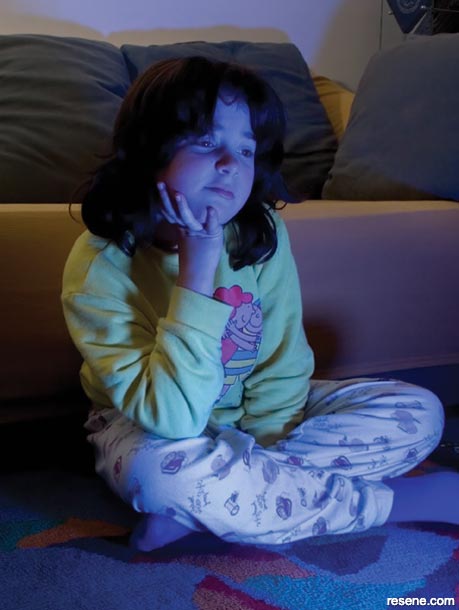
Mixing light colours is called additive colour.
This means that the object gives out (emits) colour, so that even if it is dark you can still see the colour. A television uses additive colour because it emits colour. Even if the room is completely dark if you turn the television on you can still see the television program.
However if you tried to read a book in a completely dark room you wouldn’t be able to see the words as the ink uses subtractive colour. The words in a book need light for them to be seen.
You can test this for yourself. All you need is three torches and two friends.
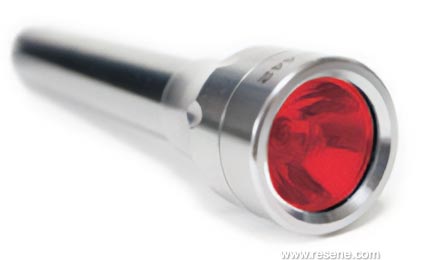
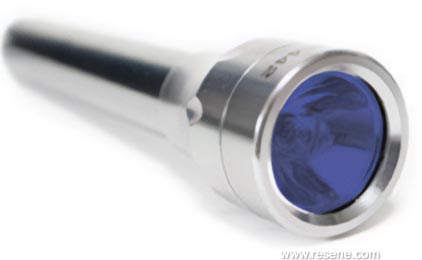
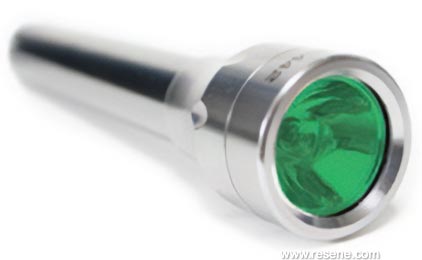
Turn the lights off or close the curtains as it will need to be dark so you can see what happens. Shine the three torches together onto a white piece of cardboard so the light from each overlaps.
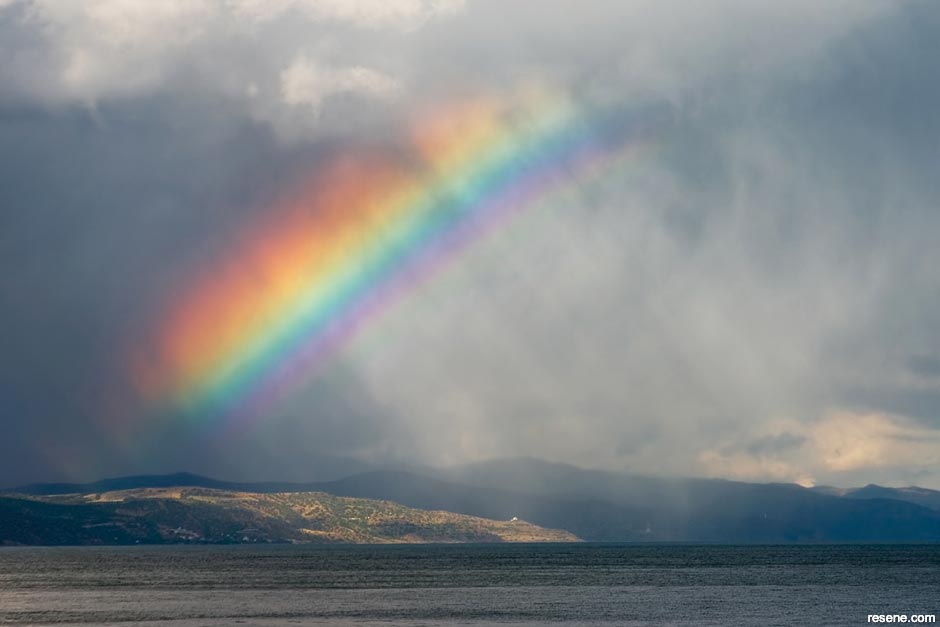
You should end up with seven segments of colour – one segment with each torch colour alone (three segments total), one segment where each torch light overlaps the torch light beside it (three segments) and one segment in the middle where the light from the three torches overlaps. Record what colours you can see in each of the seven areas.
Try this again with the red and blue torches. Then the blue and green torches. Then the red and green torches. What colours do you get? These colours are called secondary colours of light as you have mixed them using two primary colours of light.
The colours that you can see in a rainbow can be made by mixing the primary colours of light red, blue and green.
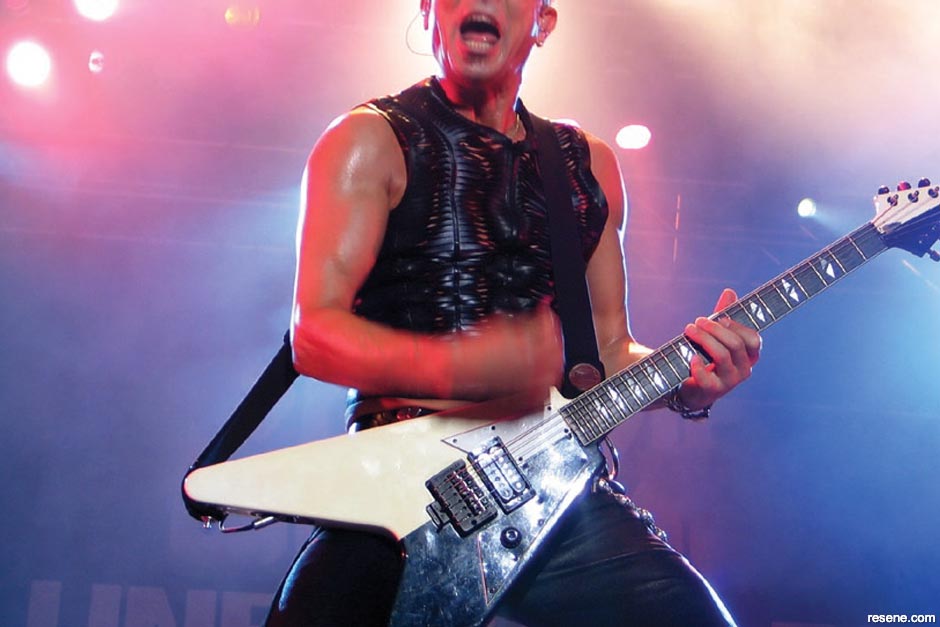
Mix two primary colours of light and you will get the secondary colours of light of yellow, magenta (dark pink) and cyan (green blue).
When you go to a concert you can see what looks like coloured cellophane stuck over the front of the large spotlights that are normally hanging from the ceiling. Show producers mix different coloured lights together to make the show look more interesting.
When they turn the various lights on and off it shines different colours onto the stage, some of them primary colours and some of them secondary colours where the light is mixed.
PDF downloads:
The Resene Everywhere colour series
Learn about colour! The Everywhere colour series is designed for children and will cover lots of things about colour and has projects you can try out for yourself to find out how things work. Colour is magical and lots of fun to experiment with... enjoy!
Order online now:
Testpots |
Paints |
Primers and Sealers |
Stains |
Clears |
Accessories
![]() Get inspired ! Subscribe
Get inspired ! Subscribe ![]() Get saving ! Apply for a DIY card
Get saving ! Apply for a DIY card
Can't find what you're looking for? Ask us!
Company profile | Terms | Privacy policy | Quality and environmental policy | Health and safety policy
Colours shown on this website are a representation only. Please refer to the actual paint or product sample. Resene colour charts, testpots and samples are available for ordering online. See measurements/conversions for more details on how electronic colour values are achieved.
What's new | Specifiers | Painters | DIYers | Artists | Kids | Sitemap | Home | TOP ⇧
